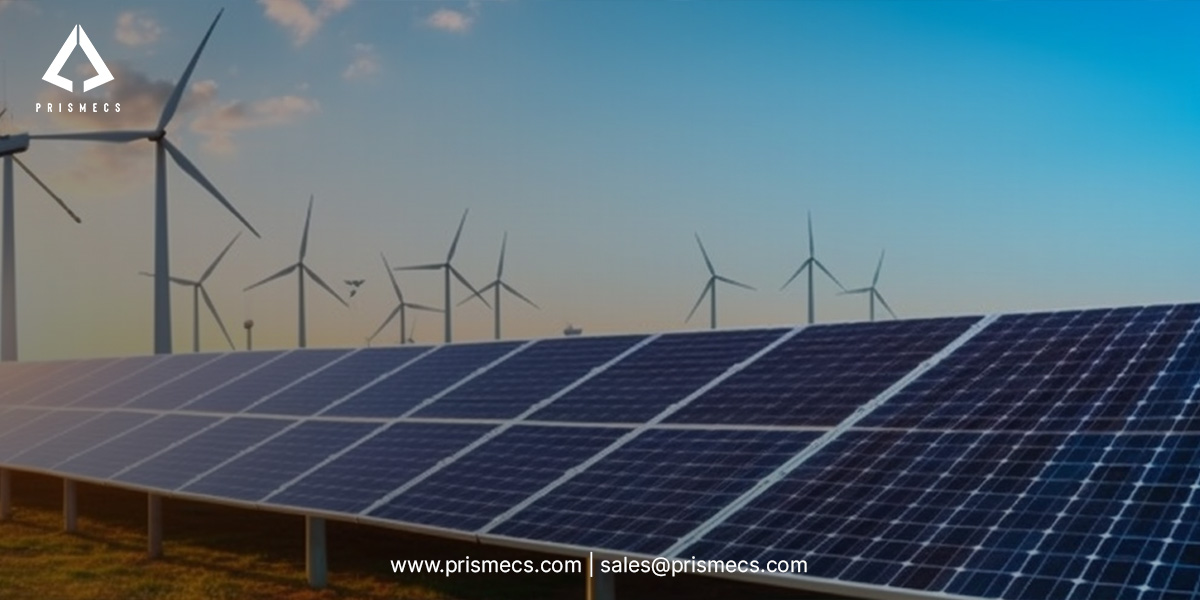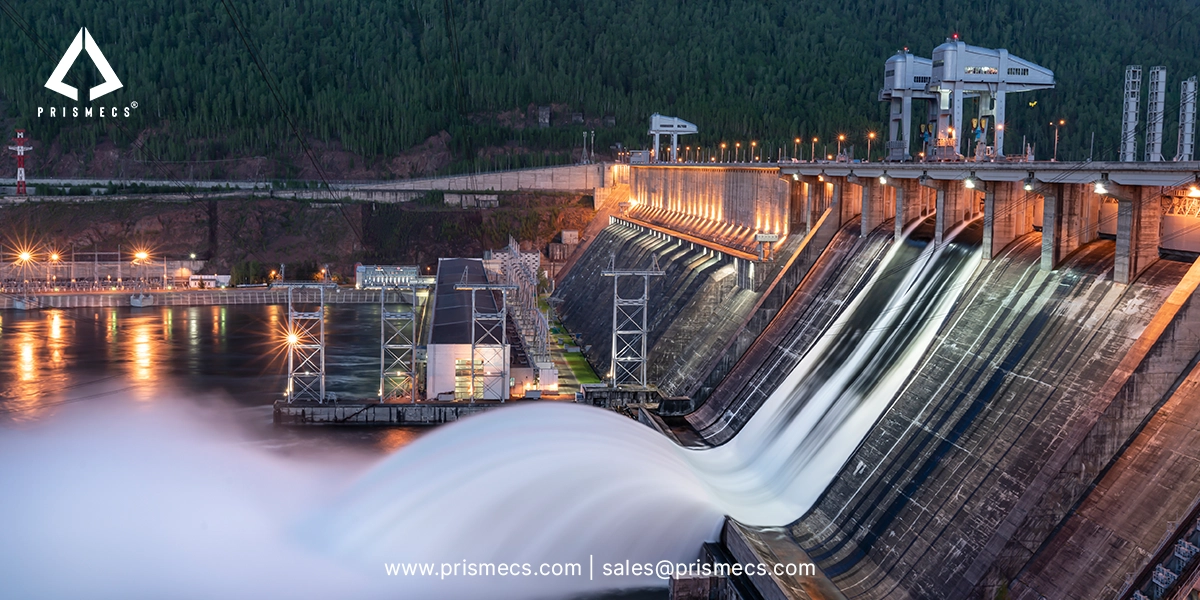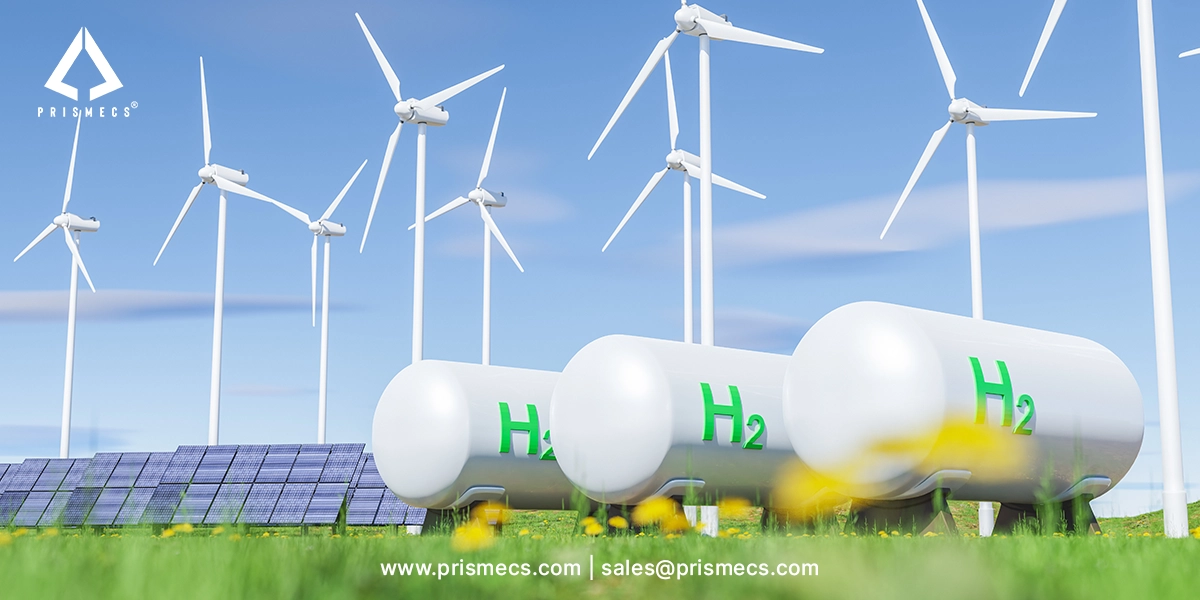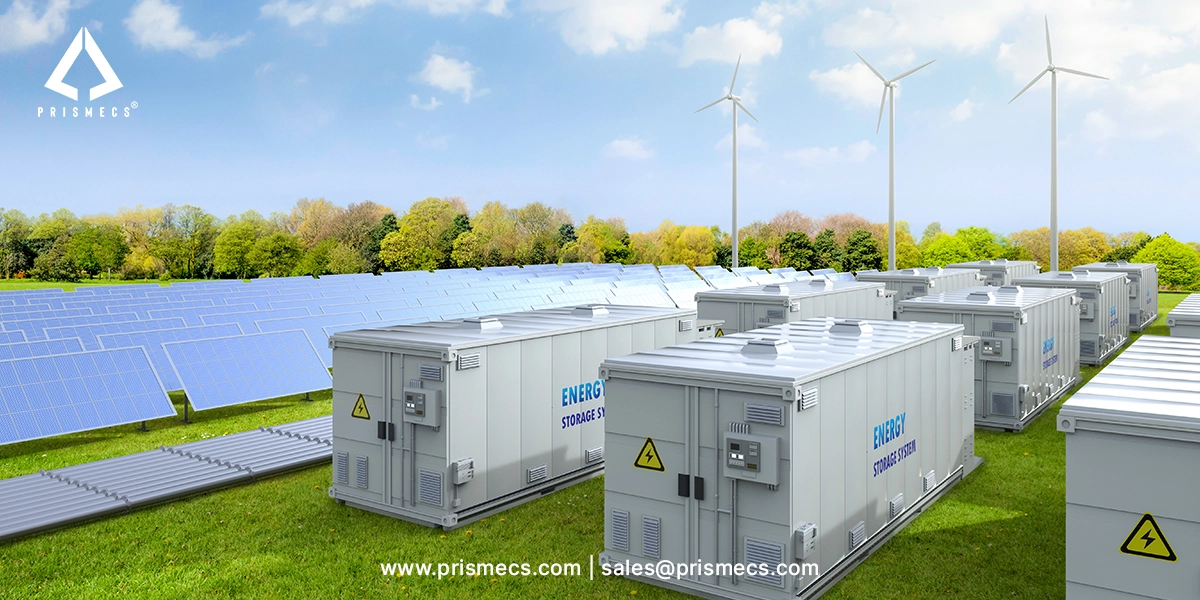
As the world changes, new energy sources emerge. These sources help address climate change and air pollution and reduce fossil fuel depletion. Low-impact energy sources drive this shift.
Renewables cut greenhouse gases and lessen coal dependence. Several vital trends shape renewable energy’s future.
Novel solar panels increase electricity production, and wind parks by the sea also contribute. These innovations transform the global economy.
According to the International Renewable Energy Agency (IRENA), its capacity will increase by 9.6% in 2024.
Advances in Solar Energy Technology
Solar energy is still a spearhead in the renewable sector. Photovoltaic (PV) technology discoveries improve solar panel operation, resulting in lower costs and easier access.
The worldwide installed capacity of solar panels has increased, and solar power generation has reached its highest growth level ever. Perovskite solar cells represent game-changing technology.
These cells, still in development, promise to increase efficiency and reduce the cost of solar power. Perovskite cells bring us closer to a carbon-free energy future.
The Growth of Wind Energy and Offshore Wind Farms
Perovskite cells of solar devices are an example of breakthrough technology. The cells are still under development. They will likely increase efficiency and reduce solar power costs. This progress brings us closer to a carbon-free energy future.
Wind energy continues to be the largest among these energy sources. This means it is a sustainable solution to carbon emissions and air pollution.
Technological innovations increased the rate of development in this sector, and investments in offshore wind farms also contributed. This growth occurred in Europe and the United States.
Geothermal Energy: Tapping into the Earth’s Heat
Geothermal energy is often overlooked by solar and wind energy. It is one of the essential sources. It extracts heat stored below the Earth's surface to generate electricity. Geothermal energy provides constant and reliable power.
The Earth's heat is available all day and night. However, geothermal energy's installed capacity still lags behind that of other renewable sources. Advances in drilling technology are improving this situation, and finding new geothermal hotspots also helps realize this potential.
The Rise of Energy Storage Solutions
Wind and solar energy are becoming familiar sources, and the demand for trustworthy energy storage options is increasing. Energy is energy, and capturing it effectively ensures availability. Electricity remains accessible when the sun and wind are offline.
Engineers have created groundbreaking battery storage systems, including lithium-ion and solid-state batteries. These systems restrict energy from spilling out of wind or solar farms.
The systems provide energy whenever peak demand occurs or when renewable power is low. Energy storage on a grid-scale allows large-scale energy storage, making the transition to clean energy attainable.
Renewable Energy Market Size
In 2024, analysts valued the global market at about $1,132.46 billion (about $3,500 per person in the US). They project growth at an average annual rate of 8.50%.
This growth is from 2023 to 2032. They expect it to exceed $2.18 trillion by 2032, which is about $6,700 per person in the US.
Renewable Market Size to Hit USD 2182.99 Billion by 2032.
Integration of Renewable Energy with Artificial Intelligence
AI plays a role in optimizing the management of renewable systems and the power grid. AI estimates the necessary links between electricity stations and the grid. It studies countless data streams in real-time. For wind energy, these systems predict wind patterns.
They also adjust turbine settings for maximum power output. The AI system monitors solar panels continuously. It regulates the panels to capture the most sunlight, considering the sun's position and daily weather conditions.
Decarbonization Efforts and Government Initiatives
Governments worldwide promise to decarbonize using green energy and cut carbon emissions from fossil fuels. This shift toward renewable energy is crucial for success.
The US government encourages solar and wind energy investments, and federal and state policies support reducing greenhouse gas emissions.
The Energy Information Administration expects renewable deployment to increase by 17% to 42 GW in 2024. And accounts for almost a quarter of electricity generation. (Deloitte)
Low-carbon emission reduction goals and clean energy mandates are triggering innovations in the renewable sector. Governments are also giving you incentives to use clean energy technologies.
These practices contribute to developing renewable infrastructure. They ensure clean energy remains the primary energy source. This approach benefits future generations.
Read More: The Economic Impact of Investing in Renewable Energy
The Push for Energy Independence
Countries that demand energy self-sufficiency cut back on fossil fuel imports. They use green energy to meet their needs. Thus, these states will no longer need to import oil, coal, or natural gas.
Instead, they will produce clean energy for their consumption. This approach promotes sustainability and enhances national security. It minimizes the global energy market's destabilizing influence on the economy.
Wind, solar, and geothermal energy would bring about energy independence. This empowers countries to control their energy resources, which is also part of long-term energy security. Countries rich in natural resources can leverage their assets to move to the forefront of energy development.
The Significance of Electrification and Clean Energy Infrastructure
Electrifying transportation, industries, and buildings is essential for reducing greenhouse gas emissions and helping diminish air pollution. As sectors switch to electricity, more energy sources will meet demand, and clean, sustainable electricity demand will grow.
Evolving clean energy infrastructure ensures sufficient electricity generation. Grid modernization, battery storage, and renewable energy plants are fundamental.
They meet the increasing demand for clean energy. Renewable energy's future promise relies on resource availability. The country will support larger populations and more electricity consumption.
Conclusive Remarks
Renewables are the most essential pillars in the evolution of the global energy supply. Innovations in solar energy drive this transition, and wind energy plays a crucial role. Geothermal energy also contributes to the shift.
Energy storage systems support these innovations. The application of AI accelerates the transition, and government encouragement helps push this change. With the ongoing transition from carbon energy to fossil fuels, the future of green energy appears bright.
How Prismecs can help in shaping the future of Renewable Energy
Prismecs offers industry expertise and innovative solutions that maximize returns while promoting sustainability. Let us help you navigate this dynamic landscape, turning your aspirations into tangible economic benefits.
We have extensive oil and gas experience. We also possess solar battery expertise. We offer reliable renewable energy infrastructure setups. Our services include solar panels, wind turbines, and microgrids.
We deliver valuable insights and comprehensive services. By partnering with Prismecs, you invest in a sustainable future and secure financial benefits. Contact us today at +1 (888) 774-7632 or email us at sales@prismecs.com to embark on your sustainable journey.
Frequently Asked Questions
1. What are the main trends promoting the future of renewable energy?
The main trends include advancements in solar and wind technology, boosted development of energy storage systems, the green hydrogen era, and acceptance of renewable energy.
2. How do advancements in solar and wind technology affect renewable energy?
Advancements in solar cell efficiency increase solar energy revenues, and wind turbine design also boosts profits. These improvements make solar and wind energy more viable and competitive with fossil fuel energy.
3. Is it renewable energy that can substitute fossil fuels shortly?
Renewable energy sources are steadily becoming a clear alternative to fossil fuels. Technological progress and cost reductions naturally make this process easier.
4. What challenges do renewable energy technologies have at the moment?
Technological renewables overcome challenges like high initial costs, weather dependence, and short storage periods even through rapid development.
5. How can we support the transition to renewable energy?
We will increase the share of renewable energy in the energy mix by installing solar power on our rooftops, using energy-efficient equipment, utilizing green energy providers, and adopting clean energy-friendly policies.
Tags: Renewable Energy Solar Energy Geothermal Energy Solar Power Carbon Energy Wind Energy Clean Energy Electricity Generation Types Of Renewable Energy Sources Power Generation
recent posts

Renewables
5 minutes read
How Renewable Energy Systems Work Efficiently
Discover how renewable energy systems work efficiently to provide affordable, zero carbon energy, overcome storage challenges, and power for a sustain...

I and C Services
7 minutes read
Expert Commissioning Services for Safe, Efficient Operations
Learn how expert commissioning services support safe, efficient, and reliable energy operations across complex industrial and power systems.

Green Hydrogen
7 minutes read
Green Hydrogen Plant Technology Guide
Discover how a green hydrogen plant works, its key technologies, and its role in clean energy. Explore solutions for scalable, carbon-free hydrogen pr...

EPC Services
7 minutes read
EPC Power: From Design to Delivery of Reliable Energy System
Discover how EPC power solutions streamline design to delivery, ensuring reliable, efficient, and future-ready energy systems in one integrated proces...